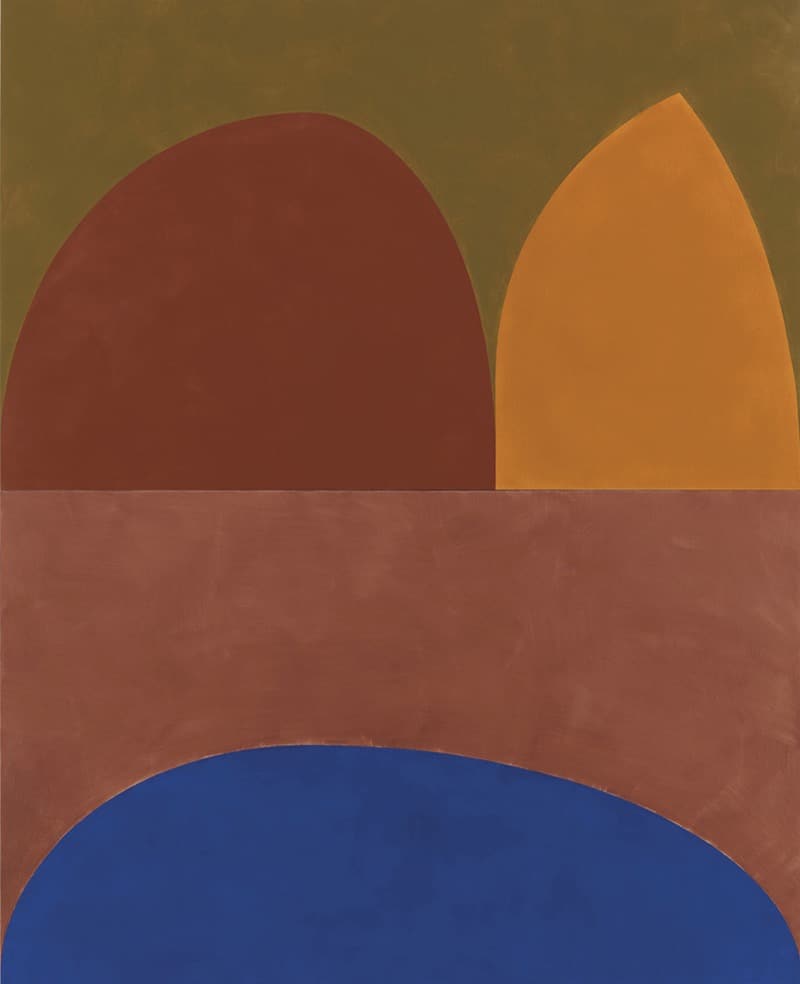The question of what makes an abstract painting good is highly subjective. While critics like Peter Schjeldahl seek to be “seized” by a painting and emphasize the overall project of an artist, others, like critic Jerry Saltz, believe that personal preference and liking a painting define its quality. Curator Gary Garrels concludes that abstract painting resists final resolutions, remaining open and continuously exciting.
A recent exhibition at Gagosian London showcases the diversity of abstract painting through the works of more than 40 artists. The curator, Gary Garrels, highlights that abstraction allows artists to explore a wide range of visual expression, subjectivity, emotional expression, and philosophical inquiry.
The exhibition features contradictory artworks, blurring the line between abstraction and representation. While some paintings may depict recognizable forms, they go beyond mere representation. Garrels argues that a truly good painting cannot be immediately resolved and demands the viewer’s attention and contemplation over time.
Artists themselves, on the other hand, approach the question of what makes a good abstract painting differently. They focus on the painting’s voice, identity, relationship with the outside world, and its ability to connect with the viewer.
Featured Image: Suzan Frecon, Stone Cathedral (2019). Source: Artforum



